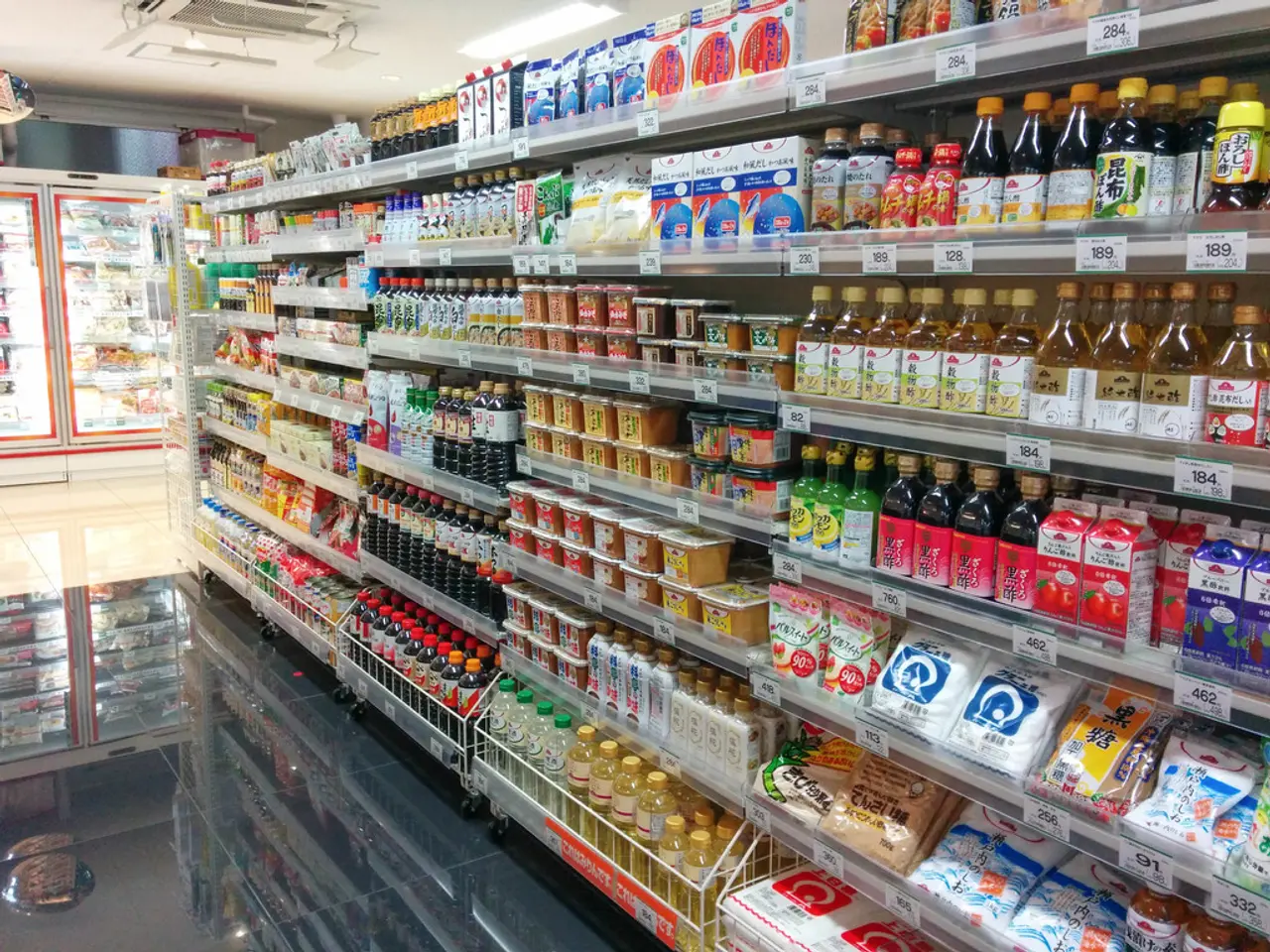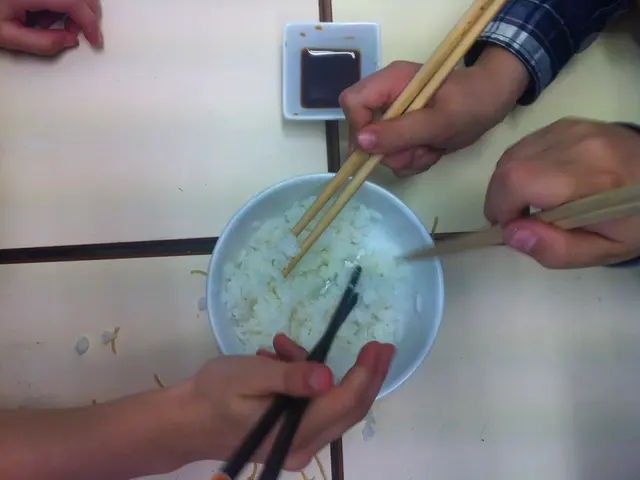Travelers in Europe can savour genuine cuisine and culture at these establishments, as endorsed by Rick Steves
Europe is known for its vibrant food markets, offering a unique blend of local life, seasonal produce, and regional flavours. These markets are not just places to shop, but they form an essential part of the European cultural experience. Here's a guide to help you find the authentic food markets in Europe that are frequented by locals.
Strategies for Finding Authentic European Markets
Traditional Markets
Look for traditional or historic markets that have been operating for many years and mostly serve local residents. These markets often offer fresh produce, meats, cheeses, and regional specialties. Examples include Mercato Albani in Bologna, which is primarily used by local shoppers, unlike more touristy spots nearby.
Integrated into Daily Life
Visit indoor and outdoor markets that are integrated into daily local life, such as Mercado do Bolhão in Porto, famous for its fresh seafood and local wines, where locals enjoy inexpensive meals and shop for authentic products.
Local Vendors and Customers
Search for markets with many local vendors and customers, and fewer obvious souvenirs aimed at tourists. For instance, Mercato Ritrovato in Bologna is a slow food farmers' market featuring local producers selling cheese, organic vegetables, and handmade pasta directly.
Local Guides and Food Blogs
Check local guides, food blogs, and video channels that focus on budget-friendly, local food experiences. These resources can help you discover places like Mercado de San Fernando in Madrid, Torvehallerne in Copenhagen, and Viktualienmarkt in Munich, which offer authentic, affordable local food in a vibrant community setting.
Key Examples of Authentic Markets with Strong Local Patronage
| City | Market Name | Notable Features | |------------|----------------------------|----------------------------------------------------| | Bologna | Mercato Albani | Local shopping for fresh produce for cooking | | Bologna | Mercato Ritrovato | Slow food farmers’ market with local producers | | London | Borough Market | Artisanal, diverse local and global foods | | Barcelona | La Boqueria | Bustling, traditional Catalan food market | | Porto | Mercado do Bolhão | Traditional market with seafood, wine, petiscos | | Madrid | Mercado de San Fernando | Affordable, local flavors, less touristy | | Munich | Viktualienmarkt | Large, local-favorite food market |
Tips for a More Authentic Experience
- Visit markets early to mid-morning for the freshest selections, or midday for ready-to-eat specialties enjoyed by locals.
- Engage with vendors and observe what locals buy and eat. Speaking with sellers or customers can reveal hidden gems and dishes not listed in typical tourist guides.
- Look for a market that is off the main tourist trail, in a residential neighborhood, suburb, or smaller side street for a more authentic experience.
- To find the right stall in a European market, look for a line of nine-to-five workers.
- Rick Steves suggests visiting local market halls in Europe for an authentic food experience.
- Avoid relying on websites like TripAdvisor to determine a good restaurant in Europe.
By prioritizing markets that locals frequent daily or weekly for fresh food, avoiding excessive souvenir stalls, and exploring markets recommended by local food enthusiasts and recent guides, you can find genuine authentic European food markets. These markets offer fair prices, fresh produce, delicious meals, and excellent people-watching, making them a must-visit for any food lover traveling in Europe.
Venture to markets that have been serving locals for years, such as Mercato Albani in Bologna or Mercado de San Fernando in Madrid, to experience authentic European food markets. Seek out markets that cater more to local shoppers and less to tourists, like Mercato Ritrovato in Bologna or Mercado do Bolhão in Porto, for a truly immersive local experience.




